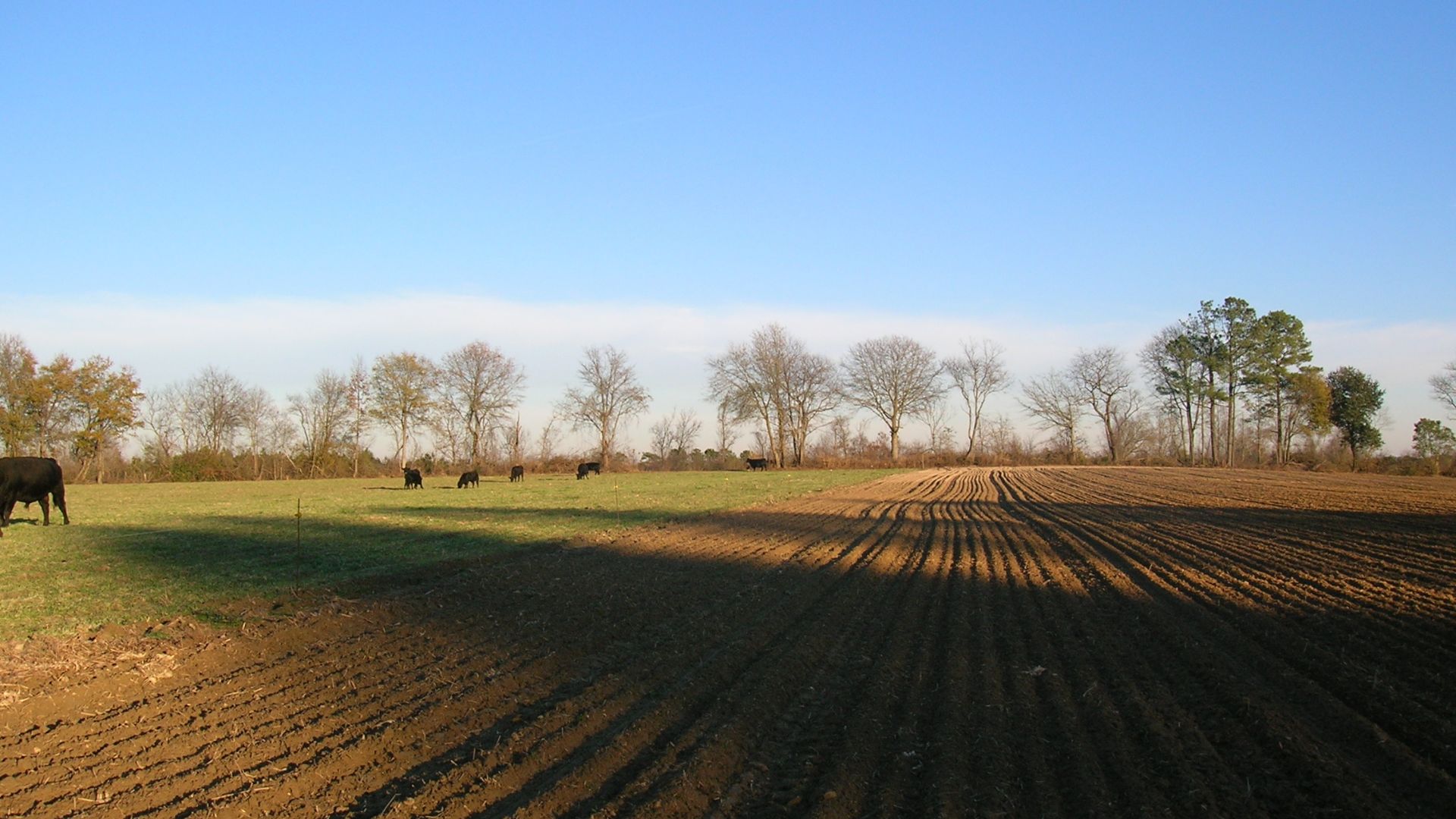Fran. Floyd. Mathew. Florence. Dorian. Over the past decade, hurricanes have devastated parts of North Carolina. And many inland communities in the flood plain continue to struggle.
“People talk about how they would recover, move somewhere else, try to rebuild, and then get flooded out again in a whole ‘nother town,” says Michelle Lovejoy of the Environmental Defense Fund. “And it’s very, very traumatic, and it makes it very difficult for them to really put the pieces of their lives back together.”
Lovejoy says that as climate change brings more heavy rain, the risks will grow, so solutions are urgently needed.
Researchers from North Carolina State University studied the Stoney Creek watershed in Wayne County. They found that one effective way to reduce flooding is for farmers in upstream areas to temporarily hold water on their land during storms.
That could mean building a berm around a farm field, or deepening drainage ditches, and then adding a water control structure.
Lovejoy has been gathering feedback from farmers on these ideas. She says they have questions.
“How does this impact my ability to sign up for crop insurance? What type of compensation could I receive?” she says.
But she says if policy can address their concerns, many are eager to be a part of the upstream solution.
Reporting credit: ChavoBart Digital Media
Source link


